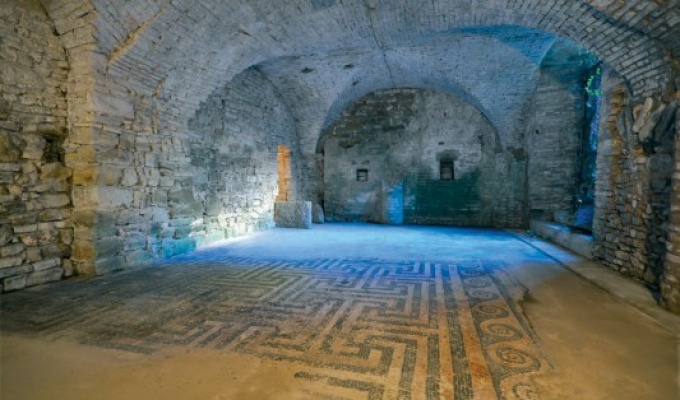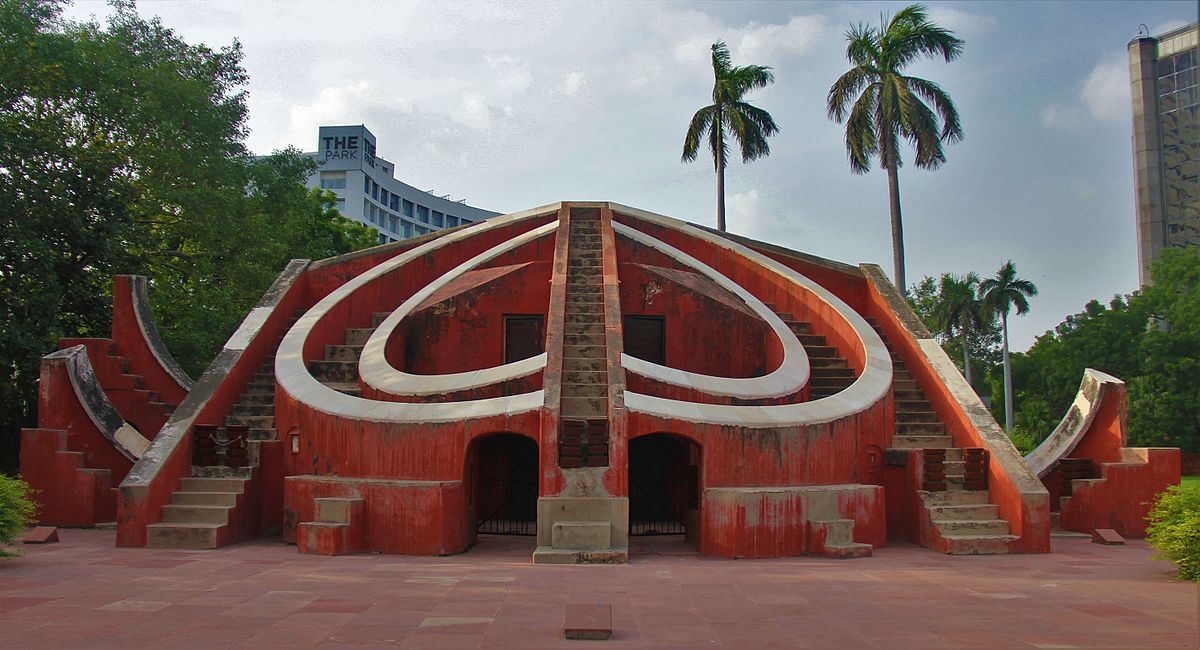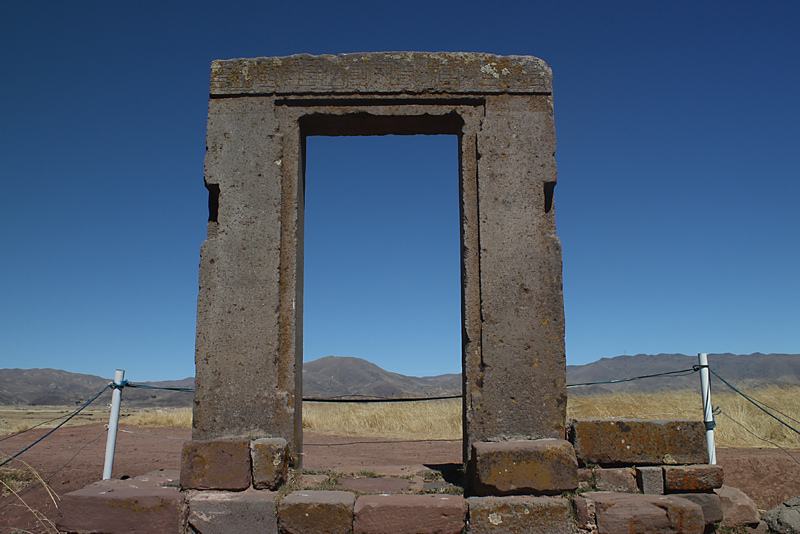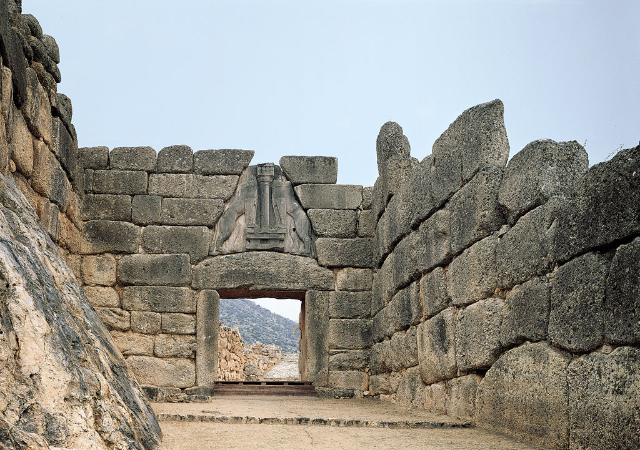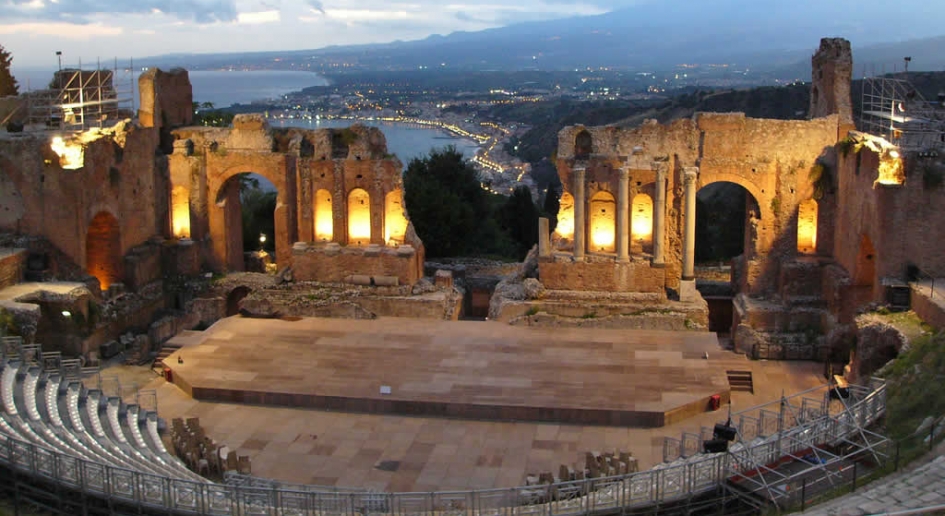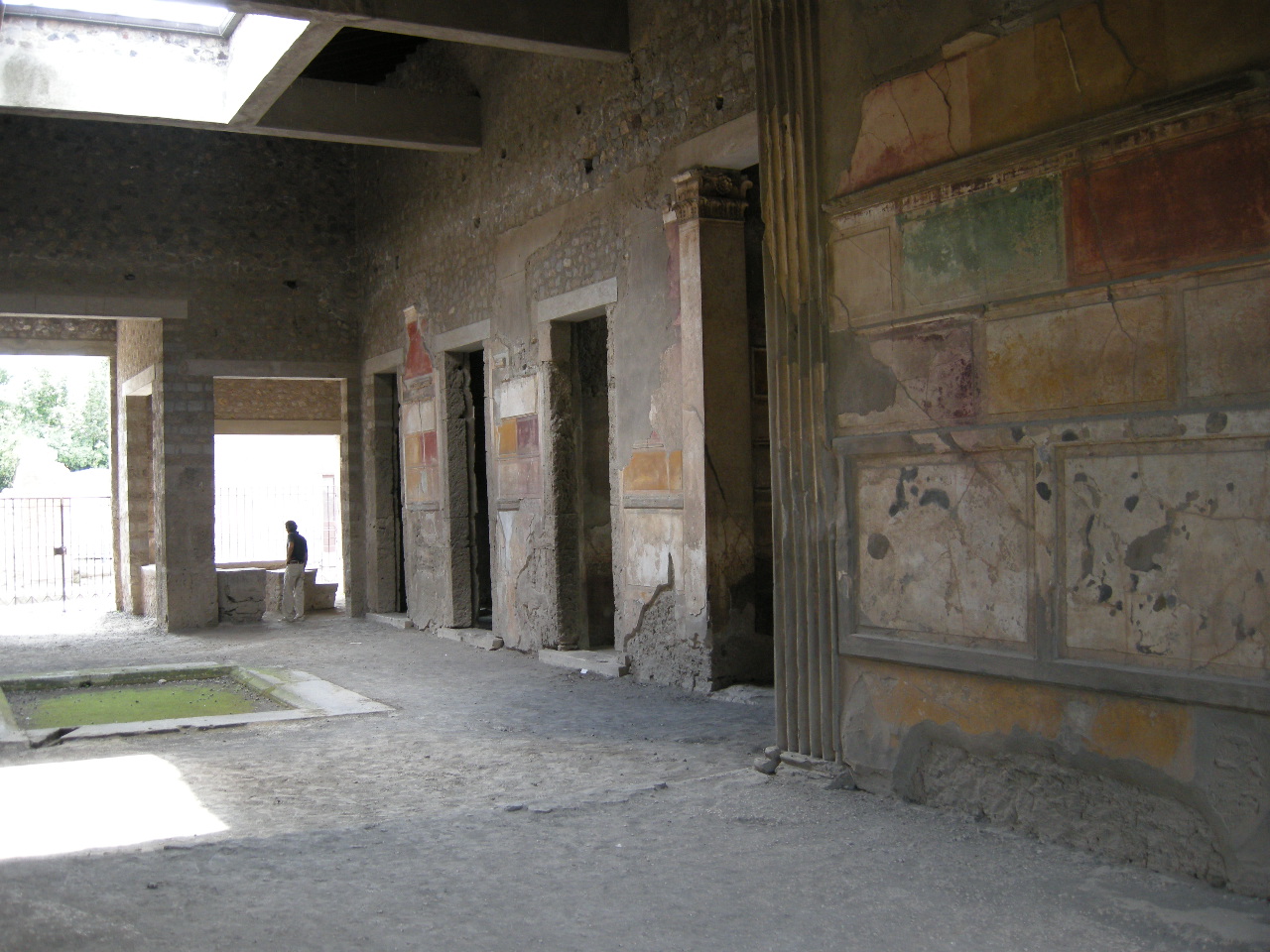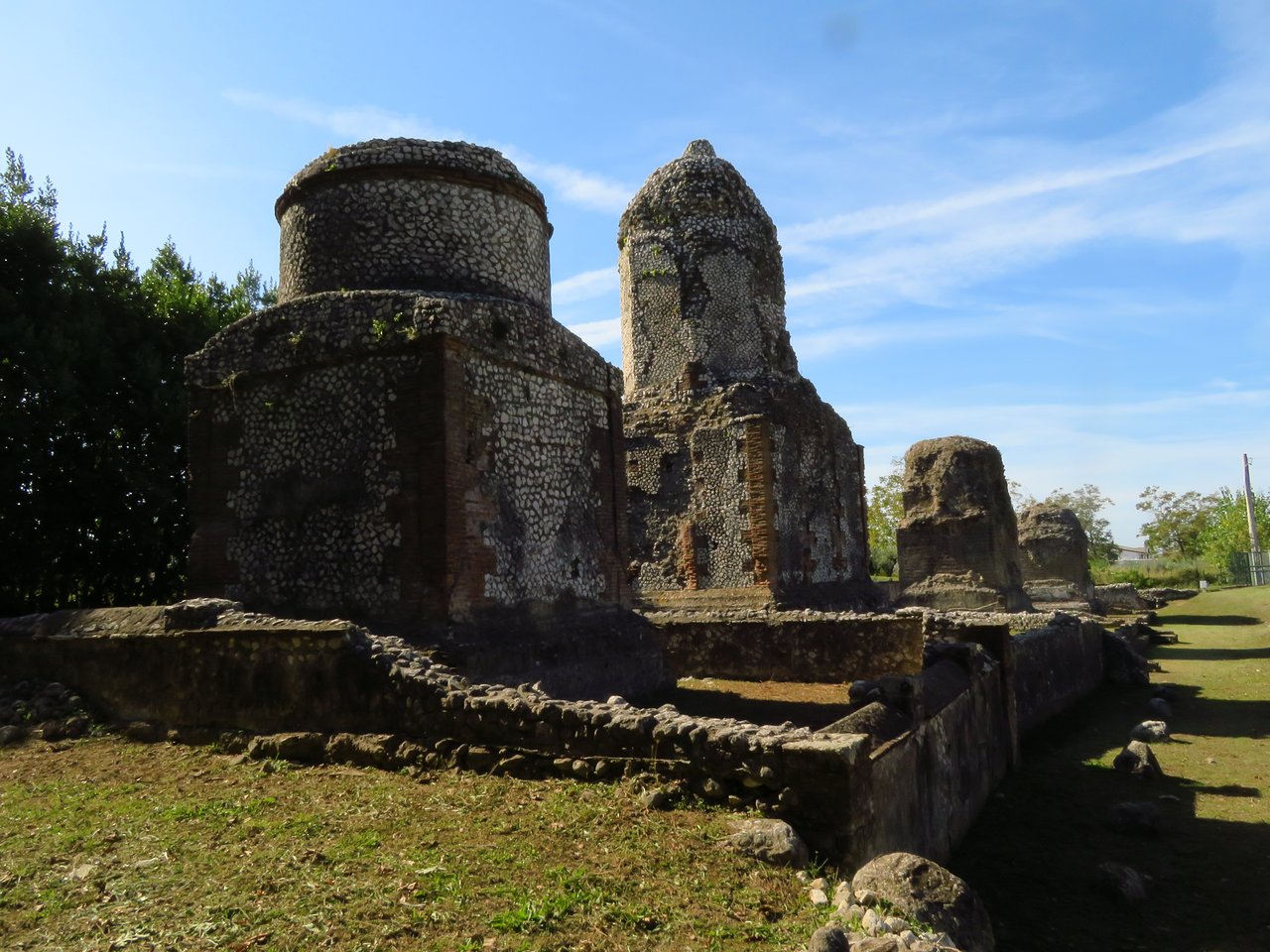In the courtyard behind Silvestri’s house there is a domus, a few metres lower than the current level of the road (ex Via Flaminia), the only Roman complex of rectangular shape which has remained intact enough to arouse wonder for the refinement and richness of the environment, which should enter the tourist circuits to divulge and make people appreciate the history of these places. The remains of three interconnected ancient rooms are visible.
Although it is not possible to establish with certainty whether it is public or private, the building dates back to the first century A.D. and is impressive for its latticework structures of white, pink and grey stones with half-columns of bricks and for the mosaic floor of small black and white tesserae adorned with a meander and with a band of waves around it, which is the most outstanding element. Going down a staircase three meters below, you arrive in another room, perhaps older, with a white mosaic floor with large tiles and opus spicatum.
